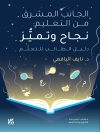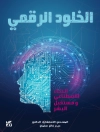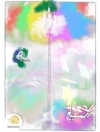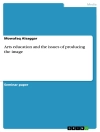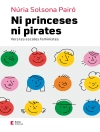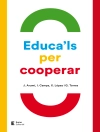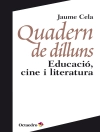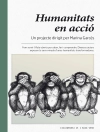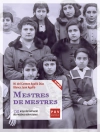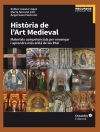This book considers the generative tension between the materiality and virtuality of walking methodologies in a/r/tography and arts-based educational research. It explores the materiality of practice—manifestations, manipulations, residues, and traces of both real and imagined experiences and events. Authors present artistic representations, renderings, artifacts, and documentations that allow for various forms of return and re-visitation of places/spaces and temporal moments. The book also investigates the digital and virtual, including video, images, media work, and emergent technologies that allow one to literally, metaphorically, affectively, and conceptually go somewhere that might be previously impossible to reach. Authors consider curricular and pedagogical implications of digital/virtual walking in relation to desire, agency, autonomy, freedom, and other issues around ethics.
The book brings together entanglements of the corporeal and incorporeal, addressing thequestions: How does the (im)materiality of bodies/characters-in-motion in a/r/tographic practices shape understandings of place, space, and the self-in-relation? How do issues and particularities come to matter through one’s entanglements with(in) the (in)corporeal?
İçerik tablosu
Introduction.- Interlude 1.- Section 1: Relational walking.- 1 Inhabiting landscape: Walking as a practice of being and belonging.- 2 Immateriality of walking.- 3 Walking isn’t necessarily easy: Freedom, privilege, and identity across three space-times.- 4 Breathing wool: Entanglements of place, body and materials as a study in temporal ties.- 5 Grasping and expressing children’s embodied movements in interaction with physical and virtual materialities.- Interlude 2.- Section 2: Decentering/troubling walking.- 6 Treaty walks 2.0.- 7 Writing back.- 8 Walking the talk: Geostories and transnational a/r/tography.- 9 Walking as transdisciplinary embodied intervention: ABR, STS and Art-Science collaborations.- 10 Mapping post-industrial areas through entanglements of time and space.- 11 Pedagogues at the void: Field notes of transmedia entertainment.- Interlude 3.- Section 3: Pedagogical walking.- 12 Self-portrait: Walking through/between the reflections of an identity.- 13 Symbols and reality in walking.- 14 Tokyo walking: Unexpected invitation to inquire identity.- 15 ASD children walking in mosaic art as self-rehabilitation.- 16 Walking interview and video for art education research.- Interlude 4.- Section 4: Poetic walking.- 17 Walking in barcodes: An a/r/tographic inquiry of place through time.- 18 Ways of meaning-making: In-between walking-thinking-image making-writing.- 19 Walking and making: Encountering with materials.- 20 Trivial moments of everyday life.- 21 Re-cognizing agency in voices between material, digital, and self.
Yazar hakkında
Nicole Y. S. Lee is an Assistant Professor of Art Education at NSCAD University, Canada. She completed her Ph D in Curriculum Studies (specialization in Art Education) at The University of British Columbia, Canada. Layering concept, making, and embodied practices, her a/r/tographic, curricular, and philosophical research develops curricula for artful, purposeful, and meaningful living.
Marzieh Mosavarzadeh is a Ph D candidate in the Department of Curriculum and Pedagogy at The University of British Columbia, Canada, specializing in Art Education. Her a/r/tographic research explores artful, pedagogical, and speculative ways of making-place through the artistic practice of walking. Marzieh holds both her MFA and BFA in visual arts. www.marziehmosavarzadeh.com Joanne Ursino is a Ph D candidate in Cross Faculty Inquiry in the Faculty of Education at The University of British Columbia, Canada. Joanne’s work is at the cutting edges of arts-based research and auto-poetic inquiryin curriculum theory alongside a strong a/r/tographical studio practice.
Rita L. Irwin (Ed D) is a Distinguished University Scholar and Professor of Art Education at The University of British Columbia, Canada. She is well-known for her national and international leadership in art education and educational research associations. She is also an award-winning educator and scholar best known for her work in a/r/tography, teacher education, curriculum studies, and socio-cultural concerns.


